50 mistakes to avoid when designing a bathroom
Sidestep these bathroom pitfalls to save time and money
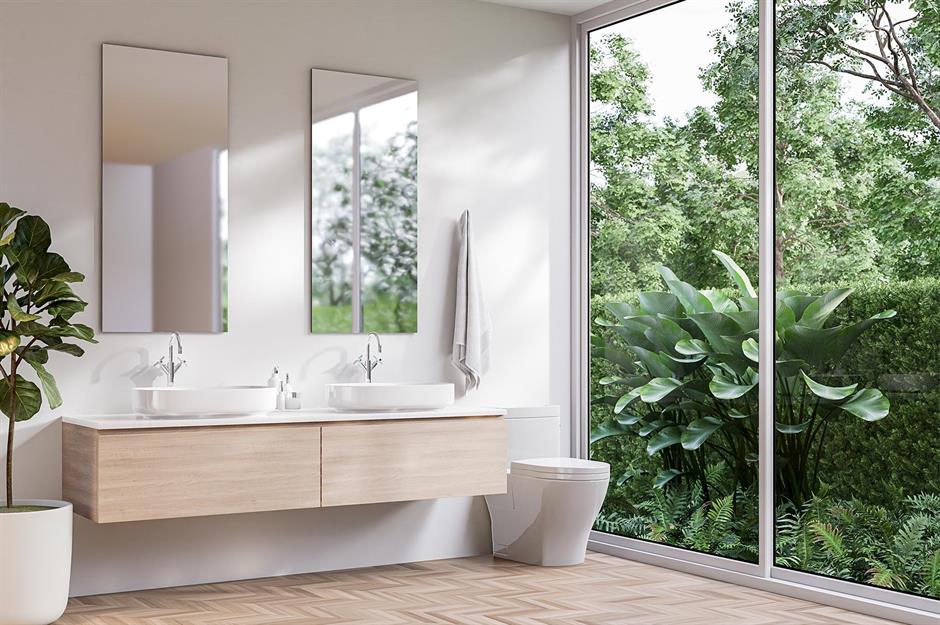
When it comes to good bathroom design, there is more to consider than choosing taps and tiles – as fun as that part is! Get your bathroom design and installation right and you'll have a beautiful, functional space. Get it wrong, and you could end up with a bathroom plagued by impractical niggles or, worse, one that needs to be completely refitted.
From failing to order enough tiles to not considering ventilation, avoid these common bathroom design mistakes to stop your dream bathroom from becoming a nightmare...
Overlooking your actual needs
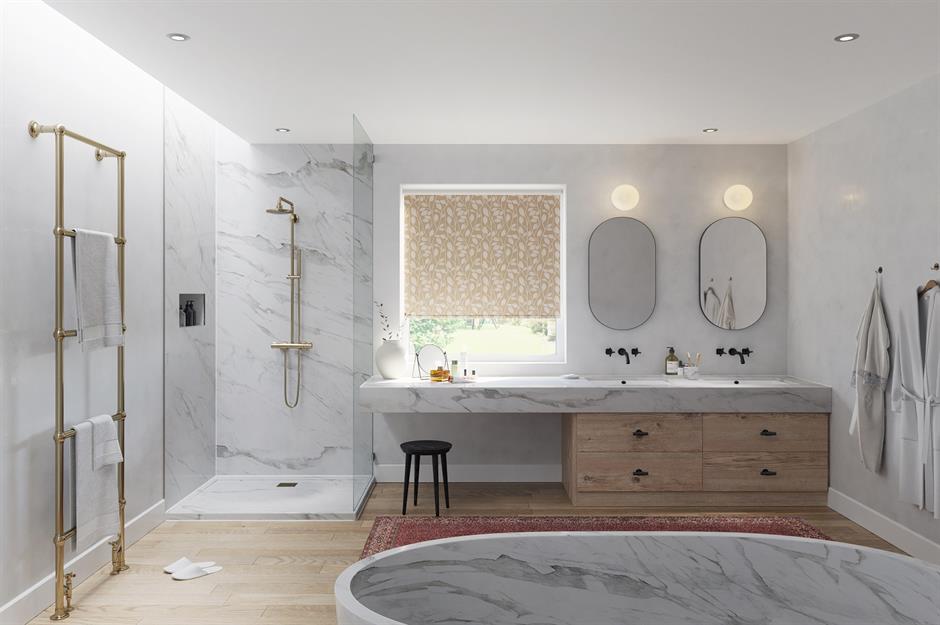
When designing a new bathroom, it’s essential to consider who will be using the space and how. So, before doing anything, ask yourself how you would like your bathroom to look and feel, who else uses it and how much time you'll spend in there.
"Thinking about all your requirements and what you want from the space before starting any renovation work will help you to design a bathroom that’s both stylish and functional, plus you’ll avoid making expensive mistakes too," Big Bathroom Inspiration advises.
Lazy layouts
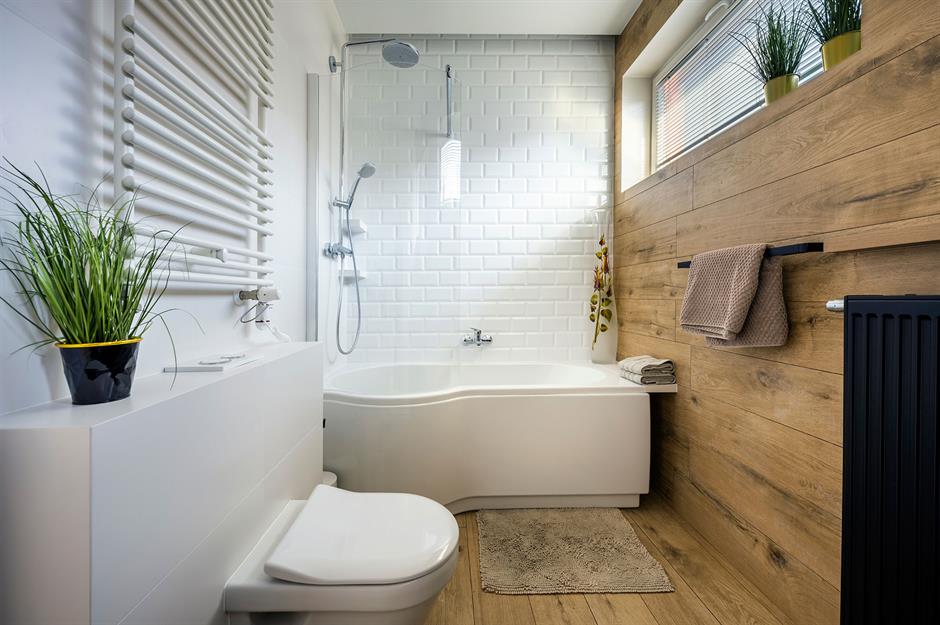
When it comes to a practical space like a bathroom, function has to come before form, especially in a small space. Make sure you allow enough room between sanitaryware, so people can move around and sit or stand comfortably – for example, there should be at least 60cm between the toilet and anything in front of it.
Towel rails should be fitted within easy grabbing distance of the bath or shower, and cupboard and shower doors need to open without obstruction.
Poor pipe planning

But before planning your layout, there’s a more important underlying issue to address first: where will your pipes go? Start with the soil stack, the wide pipe that carries wastewater from your sanitaryware.
Your toilet must be a maximum of 6m from the soil pipe to allow for proper drainage. Showers, baths and basins should be a maximum of 4m away. Consider how smaller pipes will reach the soil pipe, as this may be affected by the layout and condition of your underfloor joists.
Not considering access

Future maintenance can cost thousands if there are problems that can’t be quickly fixed. If your pipework is inaccessible behind a lovely tiled wall or newly laid floor and a leak occurs, you might be forced to rip out your fittings to fix the problem.
Use fixings that can easily be unscrewed if necessary, or perhaps create a false tile or bath front that will provide any plumber with easy access.
Squeezing in a separate bath and shower
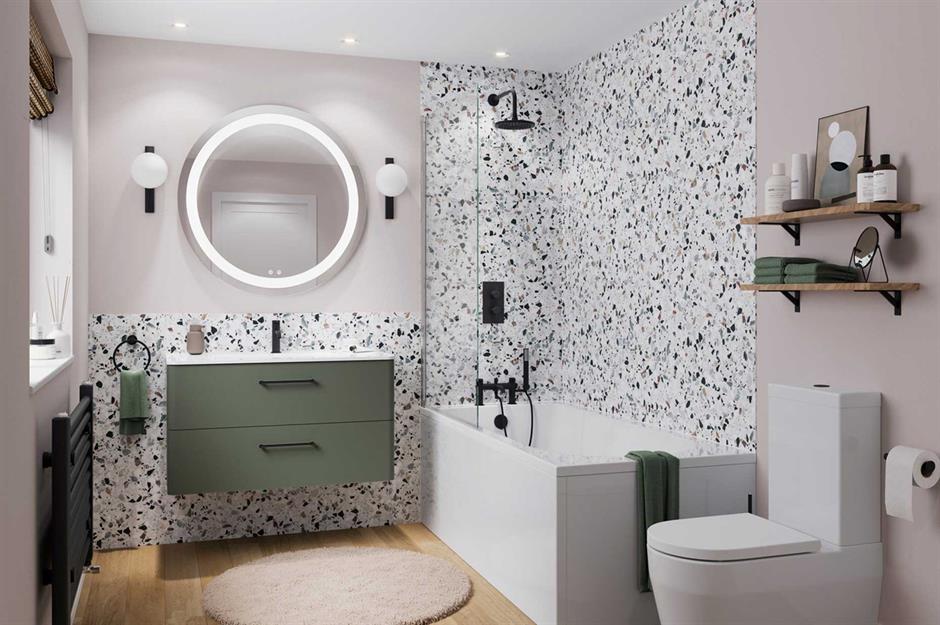
Installing a separate bath and shower is a luxurious option for those with the space, but trying to shoehorn a freestanding tub alongside an independent shower cubicle into a small bathroom will only make it look cramped. Instead, go for the more practical shower-over-bath solution. If designed well, the finished result can look just as deluxe.
Not asking the experts

Even if your DIY skills are second to none, it’s still a good idea to consult an expert before you start your project. Many high street and high-end bathroom stores have design teams who can help you iron out any flaws in your bathroom plan.
In some instances, seeking advice is non-negotiable. If you want to knock down walls, move or add windows, or install new joists, you’ll need to check with your local building control office about whether you need Building Regulation approval, or even planning permission.
Blowing the budget
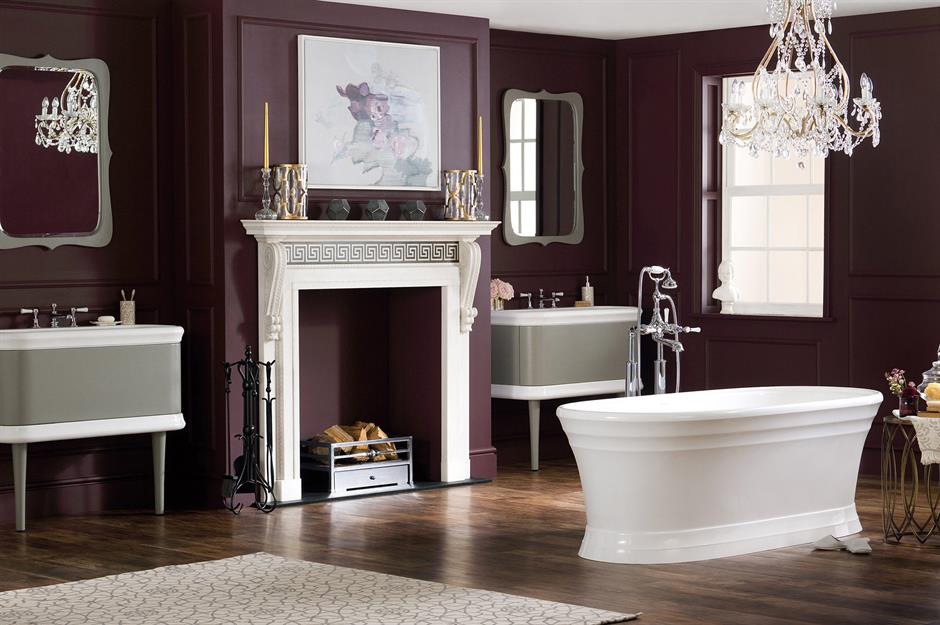
Bathrooms are notorious for harbouring hidden costs. Rusted pipes, rotting joists, dodgy electrics and endemic mould are just some of the nasty surprises you might uncover once you start lifting up tiles and floorboards.
"Once you have an idea of how much your renovation is going to cost, make sure you set aside an additional 5% to 25% as your contingency budget, increasing the percentage depending on the age of your property," Sanctuary Bathrooms suggests.
Not thinking smart
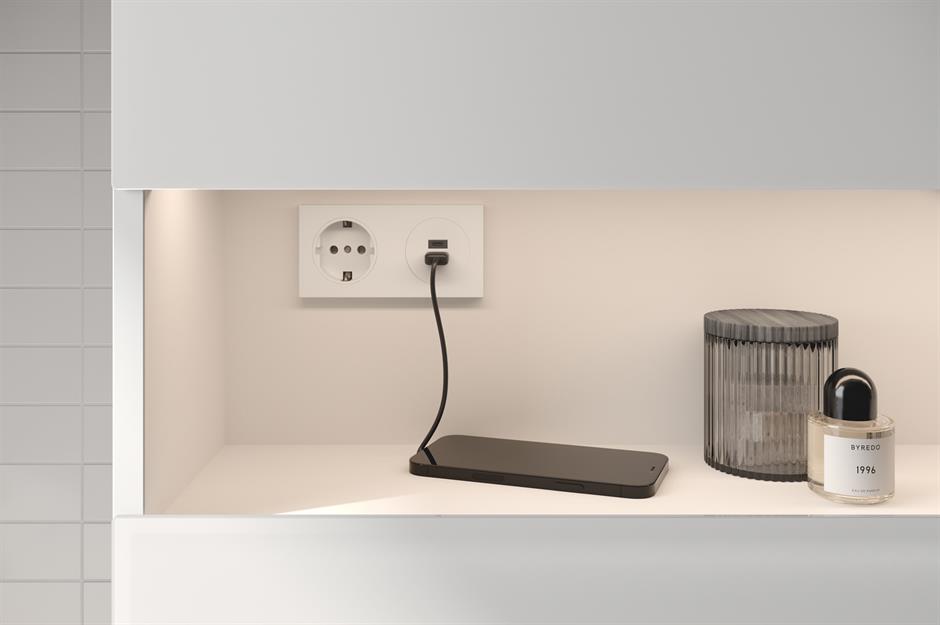
There is no denying that our homes are getting smarter, so don't leave the bathroom in the past when choosing features. From simple splash-proof USB sockets for vanity areas, to voice-activated shower controls, future-proofing your new bathroom will ensure up-to-date longevity years after installation.
Insufficient heating

If you have a large bathroom or live in a poorly insulated house, chances are a single heated towel rail won’t be enough to keep your bathroom warm, especially in winter.
Work out exactly how much heating you need using a British Thermal Unit (BTU) calculator, such as the one on the B&Q website. Underfloor heating is a great space-saving option for bathrooms and will make dark, chilly mornings that little bit more bearable.
Choosing porous paint
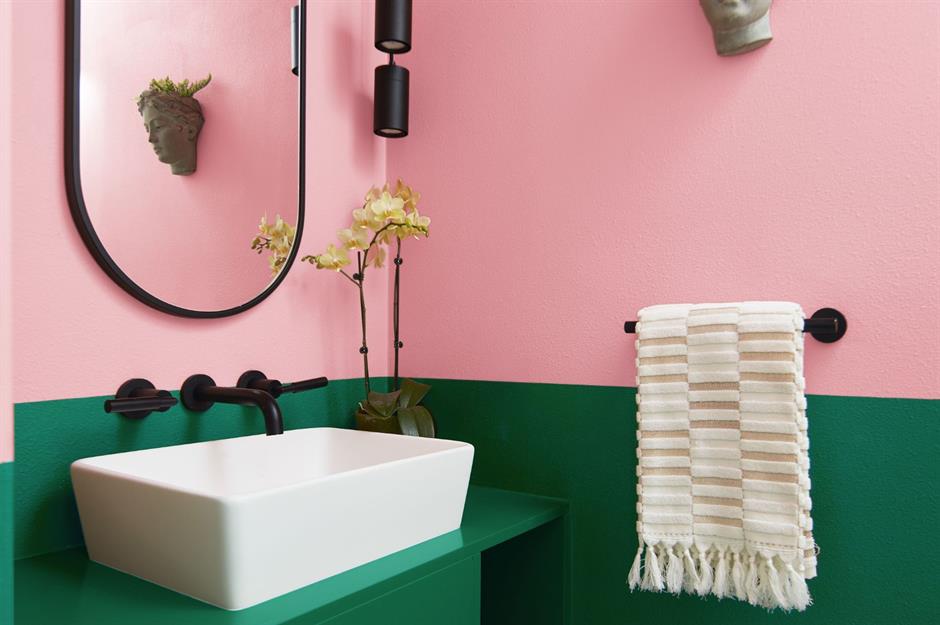
When it comes to painting a bathroom, you need to think about a finish that can handle a hot and steamy environment or the paint will flake and peel in a very short space of time. Look for moisture-resistant paints or versions specifically produced for bathrooms. They will be resistant to moisture, mould and mildew.
Using the wrong wallpaper
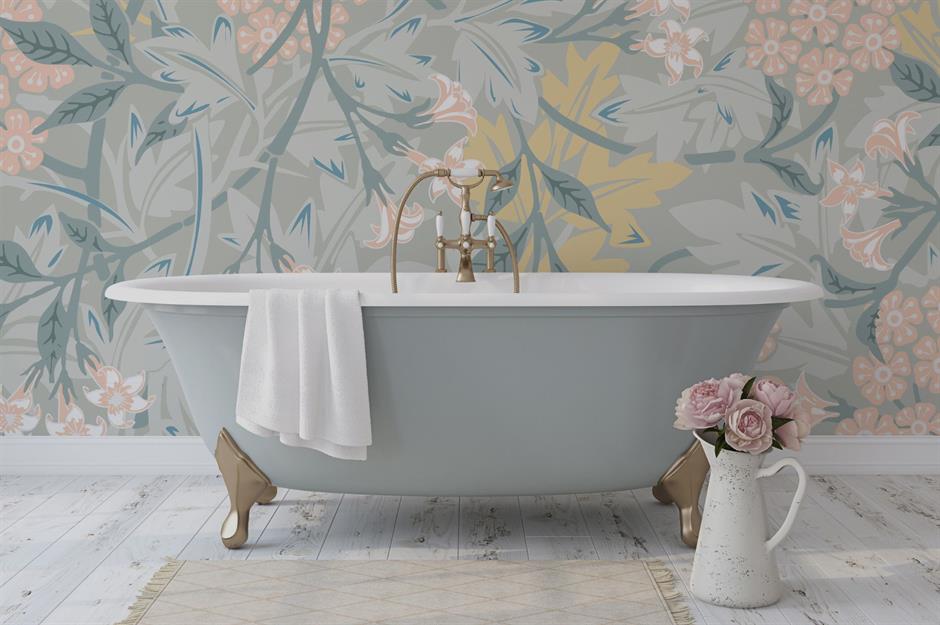
Wallpaper can look stunning in a bathroom, but do your research before committing. For, instance a designer, handprinted paper that's super porous will not last a week in a humid environment. However, most manufacturers now offer specially treated wallpapers that are splash-proof or moisture-resistant.
It's advisable to hang bathroom wallpaper away from areas that may endure direct water contact, such as showers, directly around baths and behind the sink.
Choosing high-maintenance materials
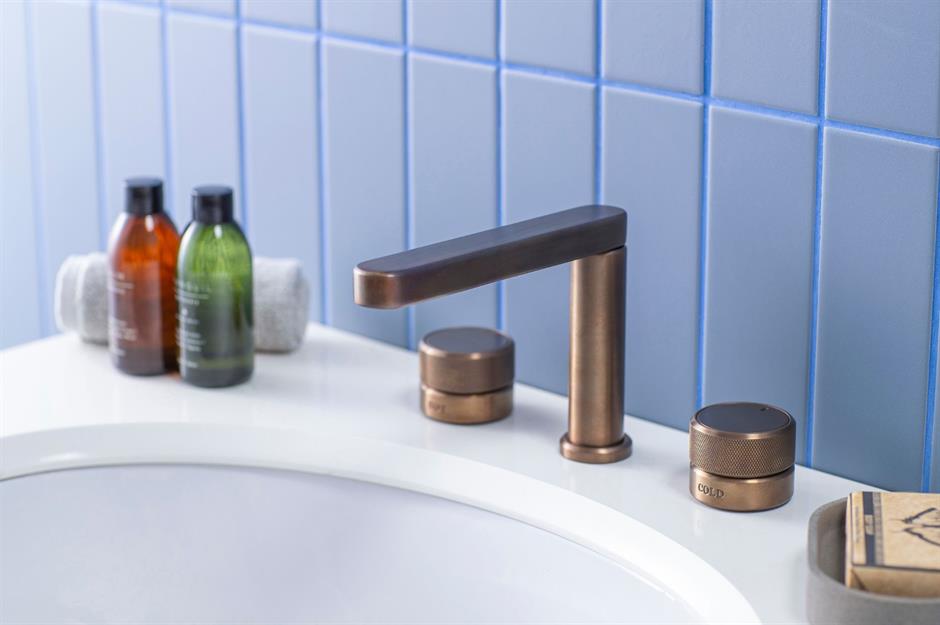
An on-trend sink and matching hardware may have seemed a chic idea in the showroom but certain materials simply aren't practical for day-to-day life. Consider how easy it will be to clean and maintain your fixtures and how they might function daily, especially if you have little ones.
"When choosing the perfect bathroom fixtures for your home, it is essential to consider durability, maintenance and upkeep," Orchard Bathroom says. "A high-quality fixture should be able to withstand wear and tear and last the test of time. It should require minimal maintenance and be easy to clean."
Going rogue
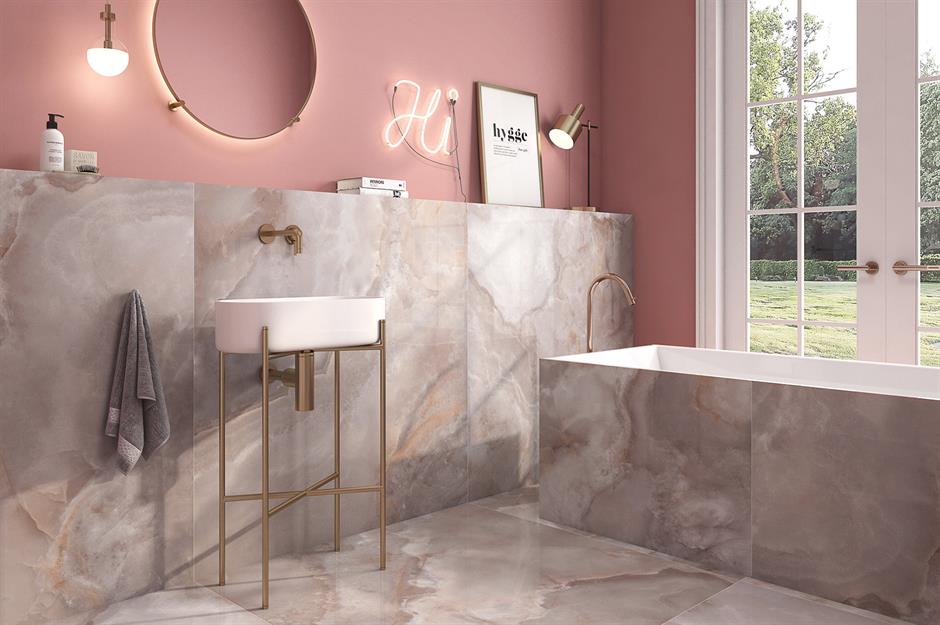
With so many inspirational TikTok shorts and Instagram reels to scroll through of original decorating ideas, we forgive you for thinking creating something in your own home will be a breeze. But, before you put on your overalls to get ultra creative, do your research and know your skill level. Remember, your bathroom needs to be watertight, well ventilated and properly crafted for it to be functional and durable.
Not treating wood surfaces
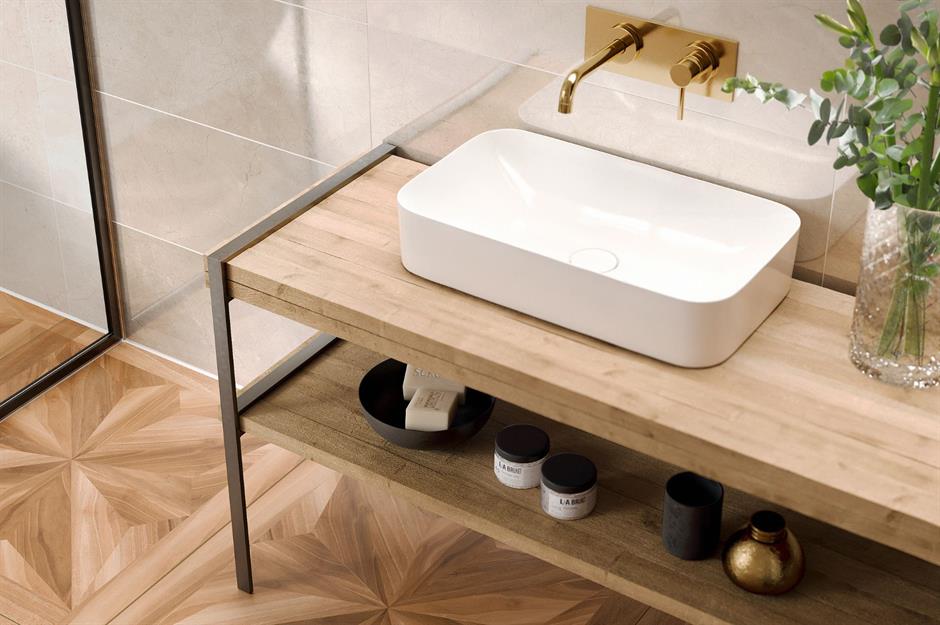
Wooden fixtures are a stylish bathroom option, but before you go installing wooden panelling or choosing an oak vanity unit, be sure it has had the correct treatment to protect it from humidity, water damage and rot.
"Untreated wood has no place in the bathroom. All woods should be treated with oils, varnishes or paints to prevent moisture from penetrating them," Geberit says. "The choice of wood is also important. Hard, heavy woods that are particularly resistant to moisture are the ones to use."
Careless lighting
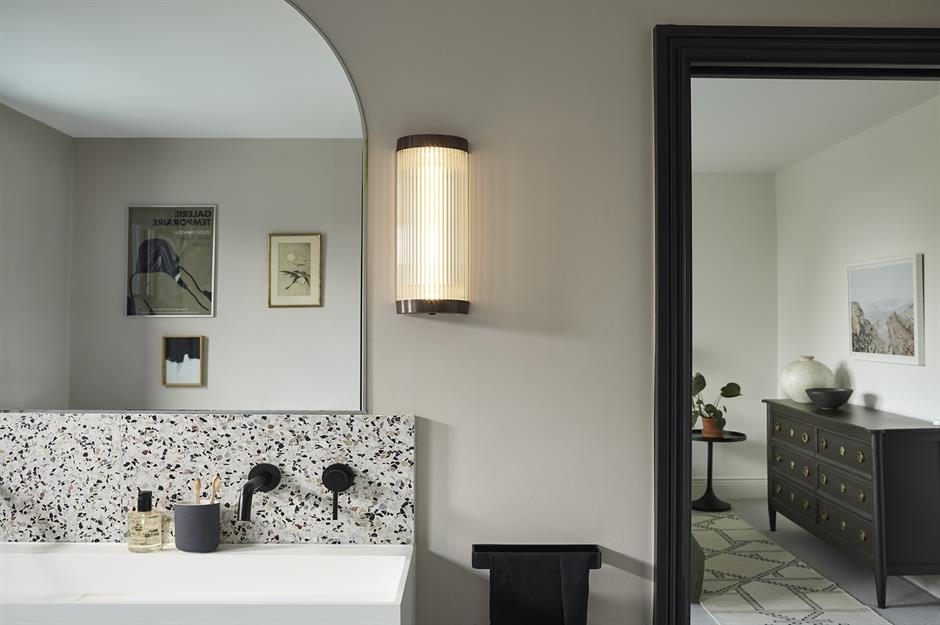
Bad bathroom lighting is at best impractical and at worst dangerous. Make sure you layer up a mix of general lighting, task lighting (for make-up etc.) and mood lighting for unwinding in the tub.
If you want to include statement fittings, such as a chandelier or wall sconces, you must choose an option with an Ingress Protection (IP) rating, which is safe to use in wet areas. Here’s a handy guide to choosing the right IP-rated lighting, depending on what ‘zone’ you are using it in.
Dismissing privacy
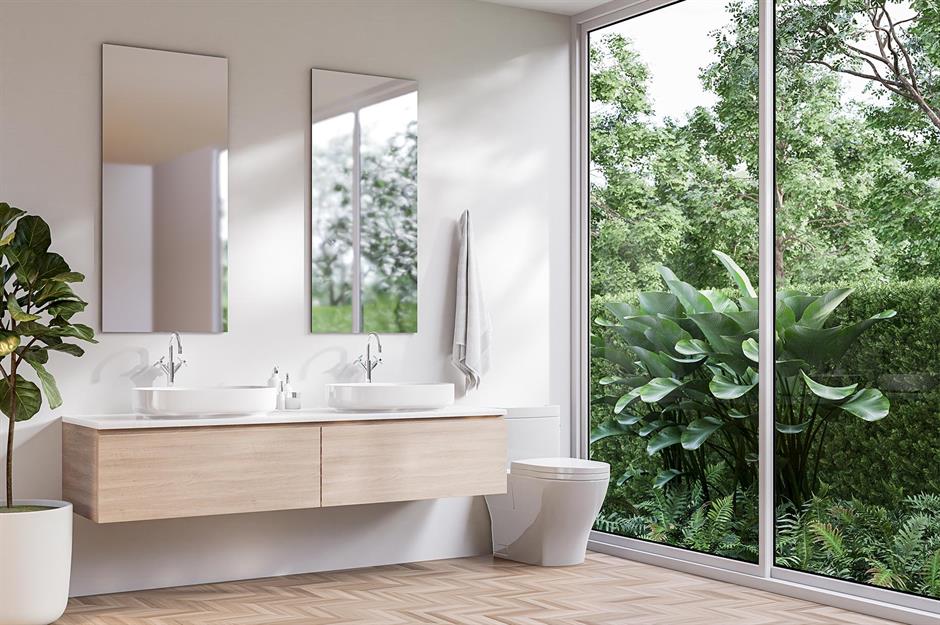
A bathroom window is vital for light and ventilation but it can leave you exposed to prying eyes. Of course, frosted or obscured glass can be used, but water-resistant blinds or shutters are a practical solution for controlling light and privacy, especially when a bathtub has been strategically placed to enjoy a beautiful view.
Not including enough storage
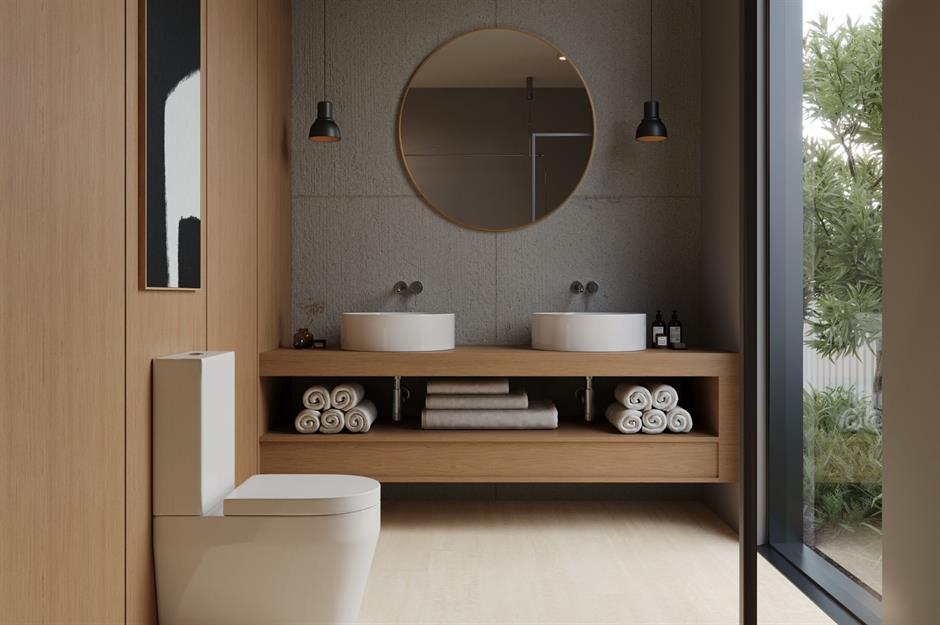
Towels, shampoo bottles, toothbrushes, spare toilet rolls – you’ll need to find room for all these things and more. If possible, include a mixture of bathroom storage: open shelving for attractive toiletries and accessories, and cupboards for more day-to-day items, like cleaning products.
A mirrored cabinet with an integrated electric toothbrush and razor charger is a neat storage option, while built-in shelving, cupboards and drawers will help you make the most of every inch of space.
Overlooking the importance of grout
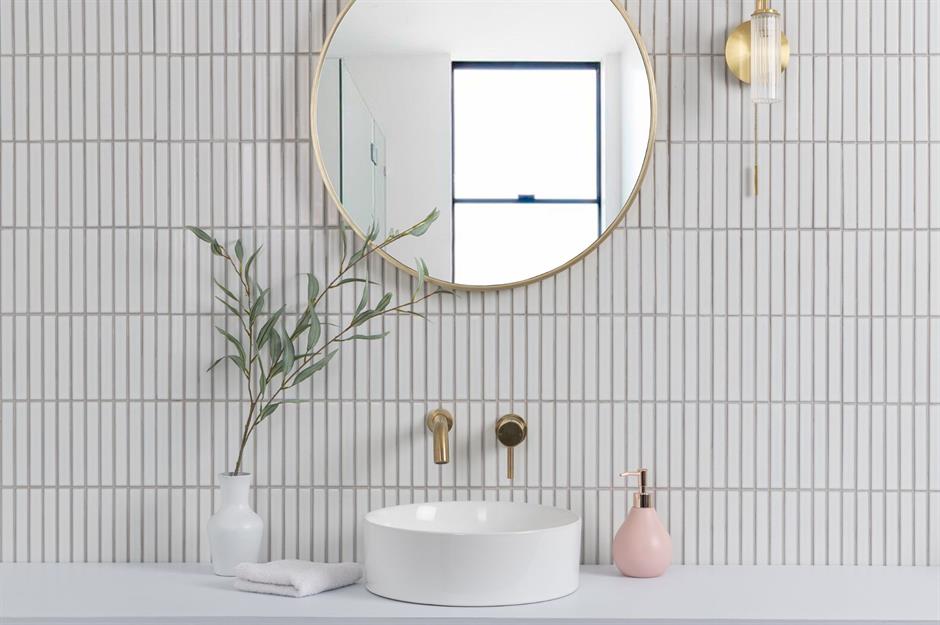
Plain tiles can be given an instant overhaul simply by choosing the right grout. A darker grout can create an eye-catching pattern in its own right, as well as hide discolouration, while a brightly-hued grout will make an even bolder style statement.
If you want your grouting to last and not flake away or lead to leaks, go for epoxy grout rather than cement grout, as it’s highly durable, waterproof and practically stain-proof.
Using the wrong tiles in the wrong places
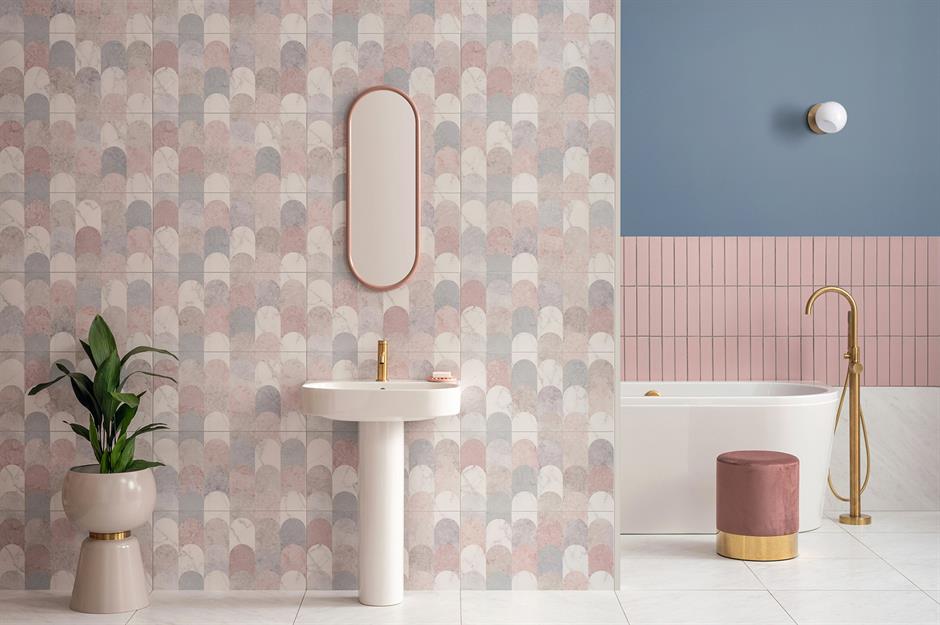
This may sound obvious, but when you fall in love with a particular bathroom tile, it can be easy to overlook how suited it is for the task at hand.
Always check whether a tile is hardy enough before using it on your bathroom floor, or you may find yourself living with unsightly chips and cracks before too long. Similarly, some floor tiles are just too heavy to use on partition walls. Many designs are suitable for both walls and floors, but, if in doubt, ask your tile supplier before you buy.
Forgoing counter space
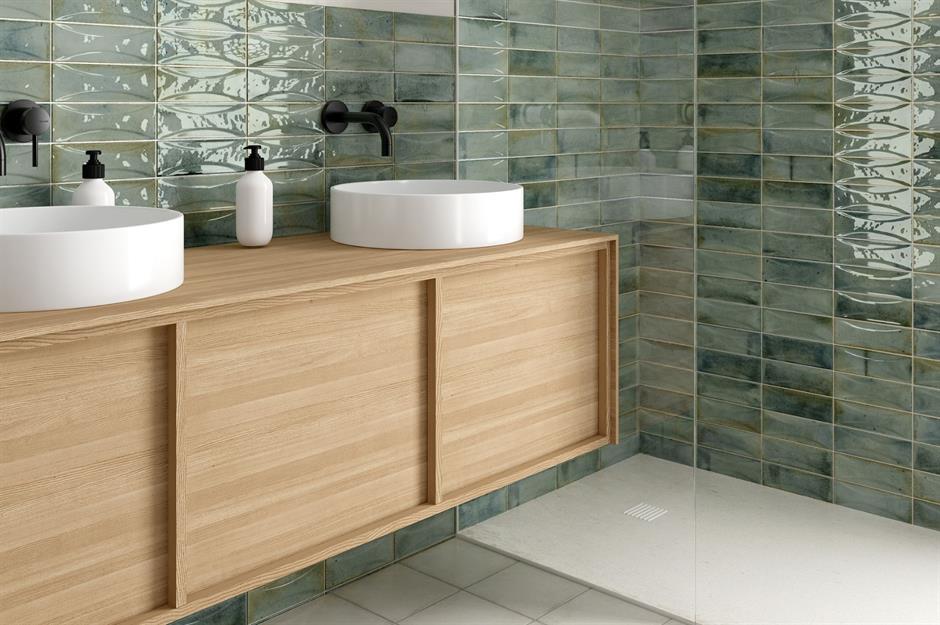
While too much clutter is unsightly, you should account for creating a little bit of counter space around a vanity unit. Whether it’s a place to put a make-up bag while you’re getting ready, or somewhere to park your morning coffee, if you don’t add in a little bit of table-height surface you might regret it.
Switching things around unnecessarily

If you’re renovating an existing bathroom and the layout already makes sense, think carefully before switching sanitaryware around. Moving pipes can quickly become expensive and can raise more problems than it solves. If you do want to switch things up, make sure you consult a plumber first to make sure your plan is feasible.
Overlooking the door clearing
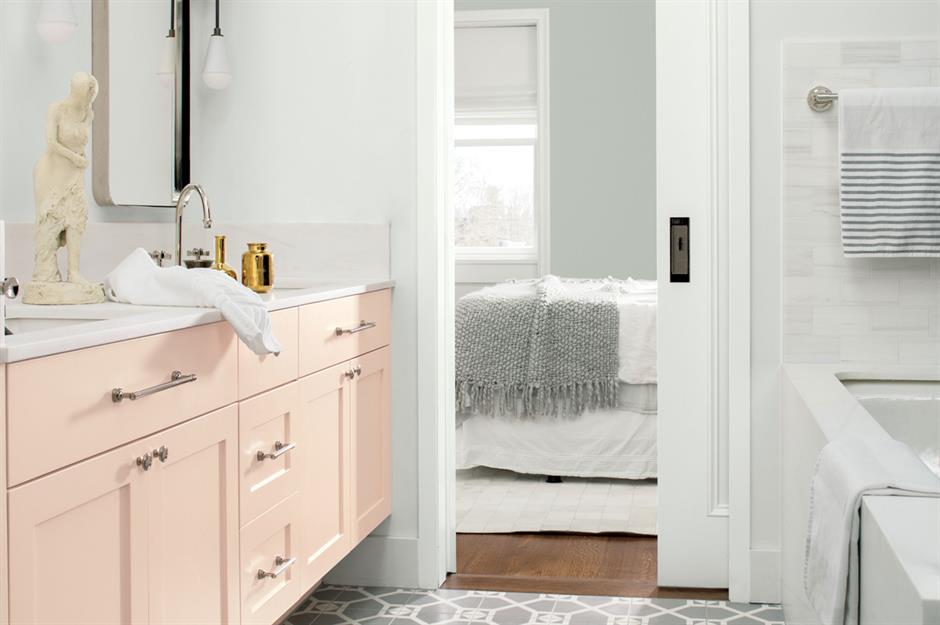
You've fitted the suite perfectly into your bathroom but, 'oh no', you didn't think about the door and now it hits the beautiful new bath or vanity unit every time you enter the bathroom. If this is the case, why not think about installing a sliding pocket door to maximise the space you have in a small bathroom?
Buying the wrong shower screen
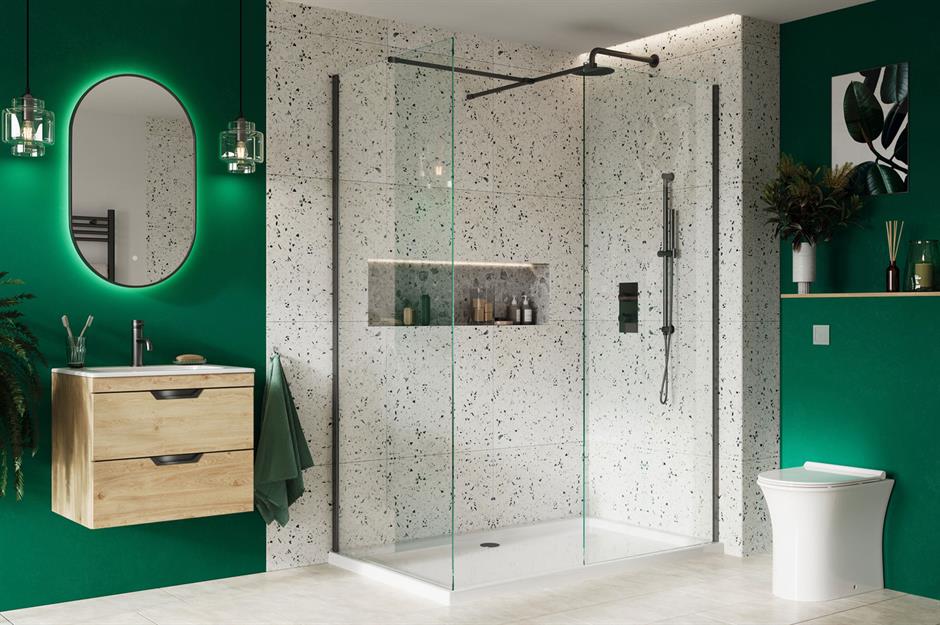
A leaky shower screen can be super annoying – no one wants to be continuously cleaning up a wet floor. Plus, persistent leaks can quickly lead to rotting floor joists, damp issues and crumbling plasterwork. Be sure you have measured for, and installed, the door properly.
Have effective caulking to seal the door, as well as a good quality door sweep that can be cleaned easily. Don't forget to think about the space needed for a shower door that opens outwards, too.
Not considering bath tap positioning
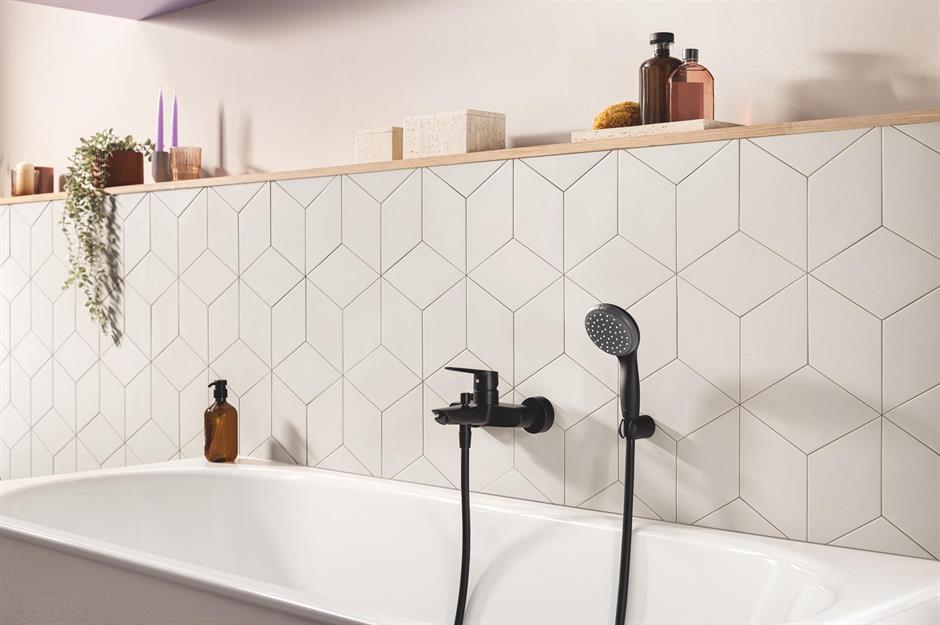
It's all very well going for striking feature taps that look ultra-chic but if you share the bathroom with other family members, perhaps it's best to think about practicalities first. A large central bath tap that juts out can be dangerous when bathing little ones, or a cascading mixer tap might get in the way when using the overhead shower. Consider accessibility, safety and practicalities before buying anything.
"The water pressure in your home determines what tap you can install," Plumbnation advises. "Households in the UK will have high or low pressure. If you have a combi boiler or unvented hot water cylinder, you should be able to access a wider choice of taps."
Not shopping around
Builders’ quotes can vary wildly. The only way to get a sense of how much a project is really worth is to compare several quotes and query the builders about any discrepancies. Get at least three quotes, ideally based on personal recommendations, and always ask for references.
Of course, the best price may not give you the best result, so consider carefully before opting for a quote that vastly undercuts all the others.
Missing trade discounts
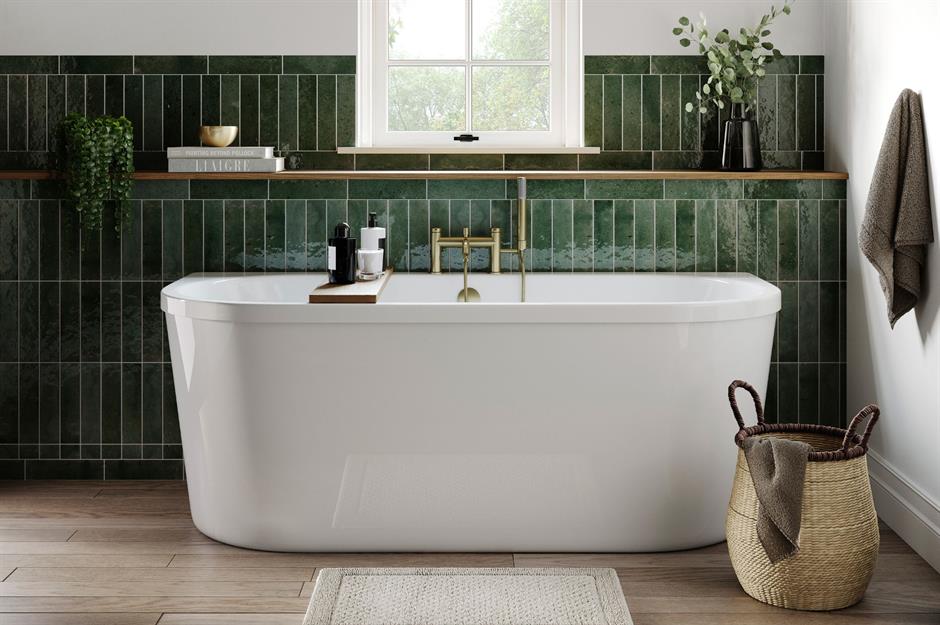
Many suppliers offer considerable trade discounts to builders. Ask your builder about this before work starts and see if you can agree to split the discount, with you claiming part of it and your builder taking a cut for the time and effort of arranging the discount and placing the orders.
Miscalculating delivery times
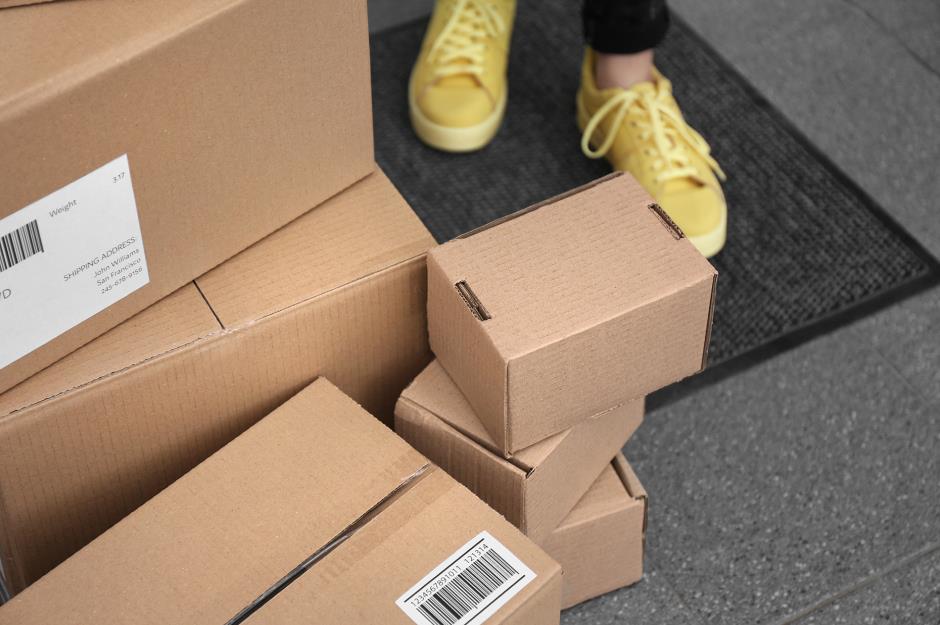
Your bathroom is perfectly planned and the builders are poised to make it a reality – but this is no use whatsoever if your sanitaryware, tiles and other fittings haven’t been delivered in time. Make sure you check the lead times for all items well in advance and place your orders accordingly, to avoid paying workpeople to twiddle their thumbs while you’re left without a working bathroom.
Not checking orders as they arrive
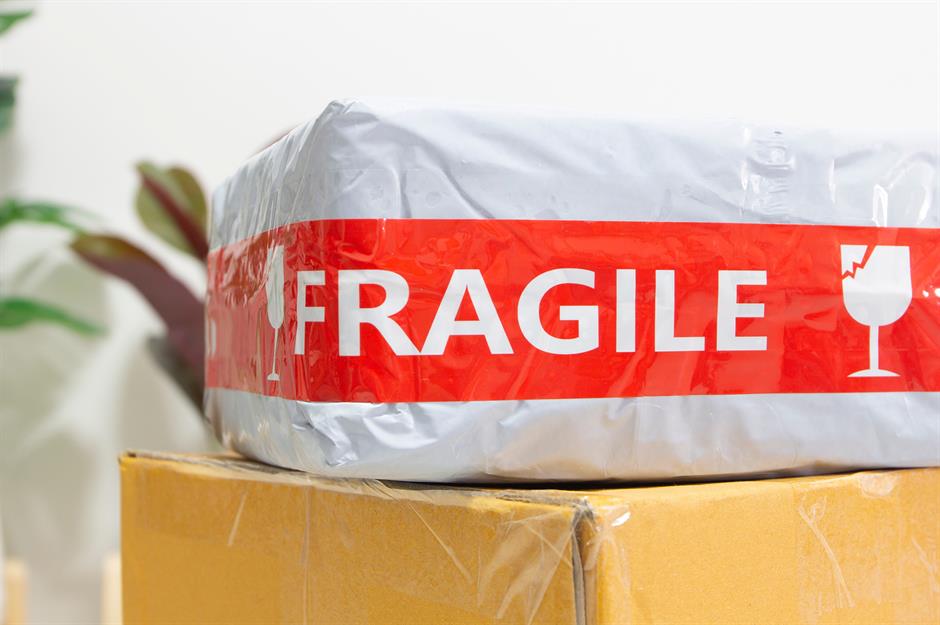
If you’ve been super-organised and ordered your bathroom supplies well in advance, don’t just put them to one side until they’re needed. Unpack and check each item to make sure it’s exactly what you ordered and that nothing is broken. You may have a limited time window in which to return faulty goods.
Ditching the bath
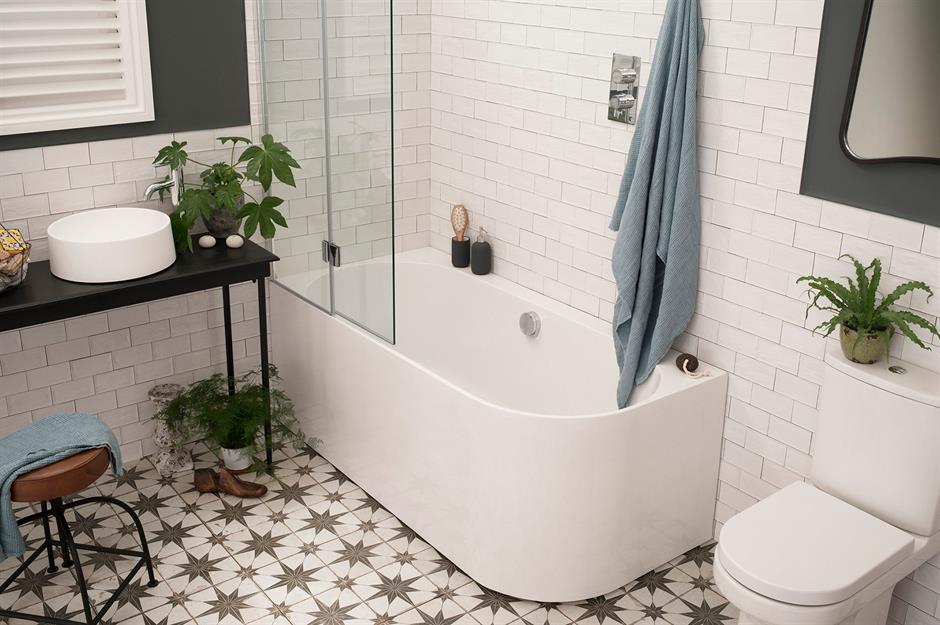
It might seem a modern and space-saving solution to leave the tub out of your bathroom plan but think carefully before you do. There are many situations where a bath could be more practical than a shower.
Also, bathtubs are often high on prospective buyers' lists. According to Checkatrade, "Regardless of the value of your home, if your property is ideal for families but it doesn’t have a bath, it will almost certainly take longer to sell."
Mismeasuring for the bath
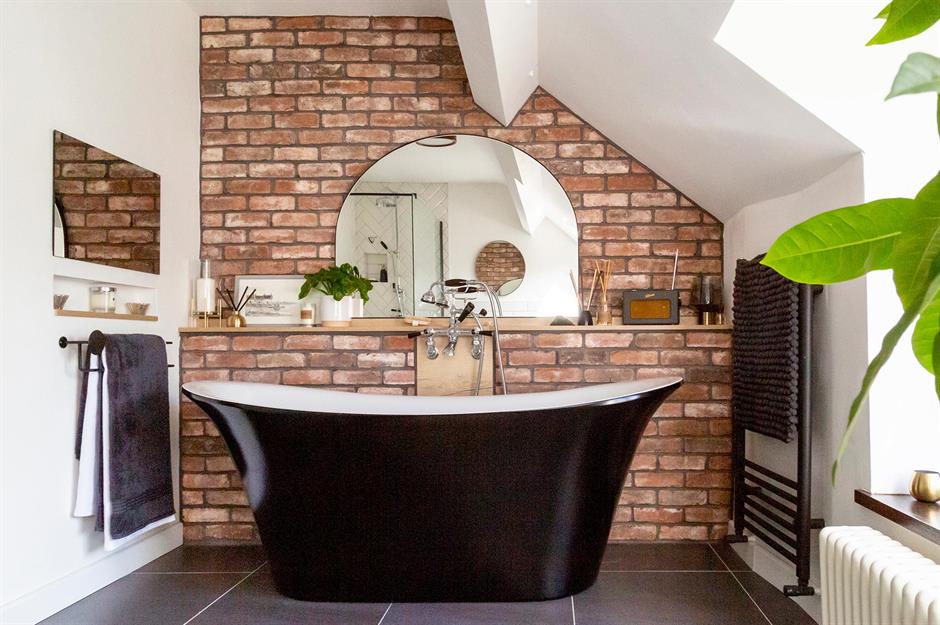
Baths come in many shapes and sizes, so it is all too easy to order the wrong size, which is frustrating, timely and costly.
Measure the length, the back-to-front space for the width, the floor-to-top for height and finally the depth. Also, take into account any additional space you may need to incorporate for shower heads and mixer taps.
Thinking too big for a small space
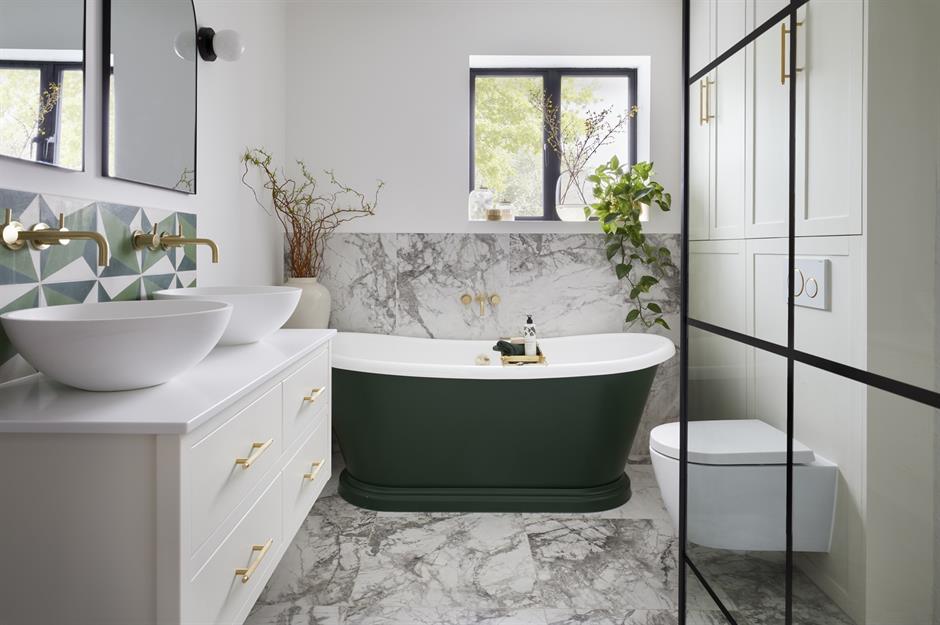
Your ideal bathroom may include a roll-top bath, walk-in shower, twin basins and oodles of storage but you have to work with what you’ve got or risk ending up with a cramped, impractical space.
Pick just one of your dream items – the roll-top bath, for example – and keep everything else compact. If your bathroom is especially tiny, add luxe touches to your finishes instead.
Ignoring wall space
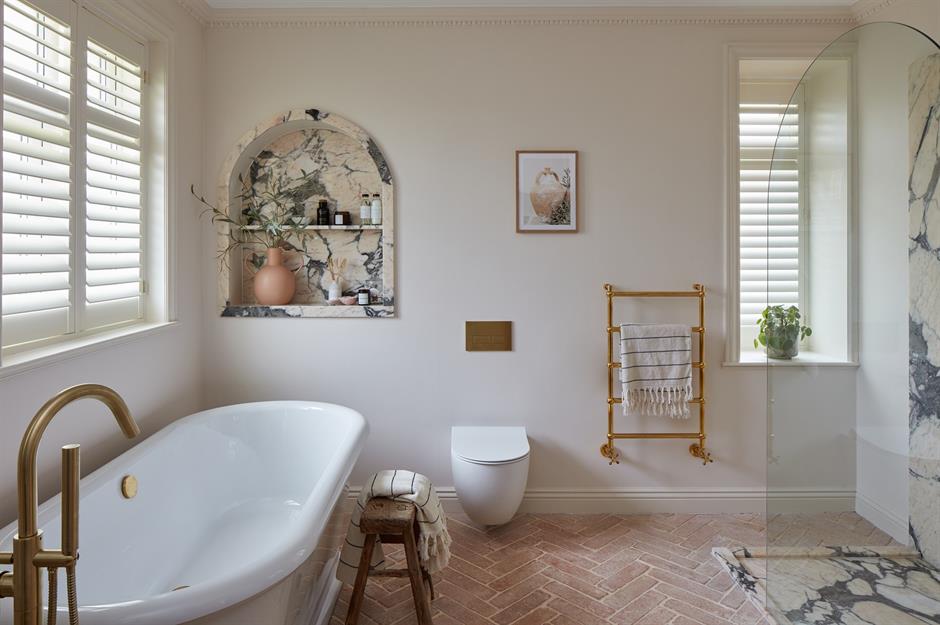
Wall space in bathrooms is often overlooked, but if thought about properly can provide useful storage. Shelves with towel storage make a decorative statement, while alcoves add depth and offer the perfect spot for stylish toiletries and plants.
As the saying goes, 'buy cheap, buy twice', so when adding storage a budget product may rust, corrode and even damage other surfaces. Opt for products that are durable and suited to humid spaces.
Forgetting to futureproof
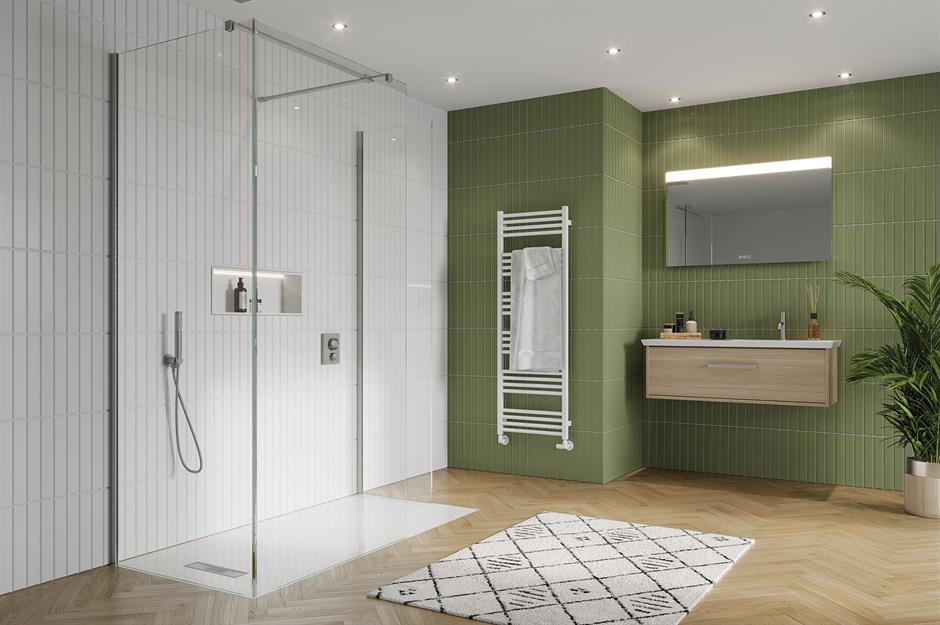
If you’re in your ‘forever home’ then think about setting up the bathroom to be safe and functional as you and your family get older. Non-slip surfaces, grab handles and flat walk-in showers can make the transition a little easier.
If you’re not quite ready for that, think about leaving space to add these details later. You could also opt for products that are easy to clean or consider a wet room that will be great now and further down the line.
Forgetting finishing touches
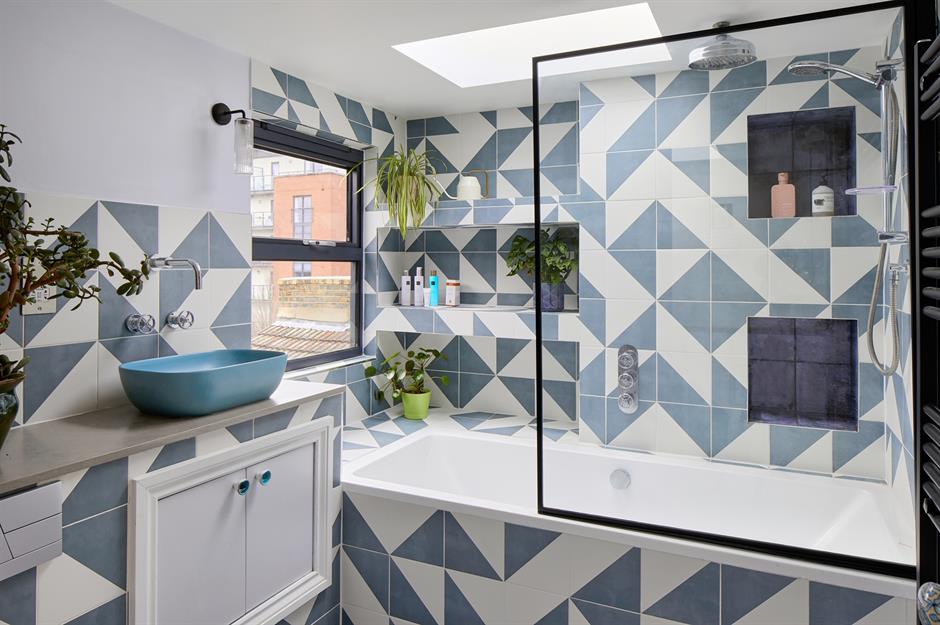
Well-chosen accessories can make or break any design scheme and the bathroom is no exception. Treat yourself to some top-quality towels – organic cotton feels luxurious and is eco-friendly, too.
If you’re short on hidden storage, consider decanting shampoos and shower gels into attractive bottles. Small soaps and bath salts can be stored in glass Kilner jars.
Knocking down resale value
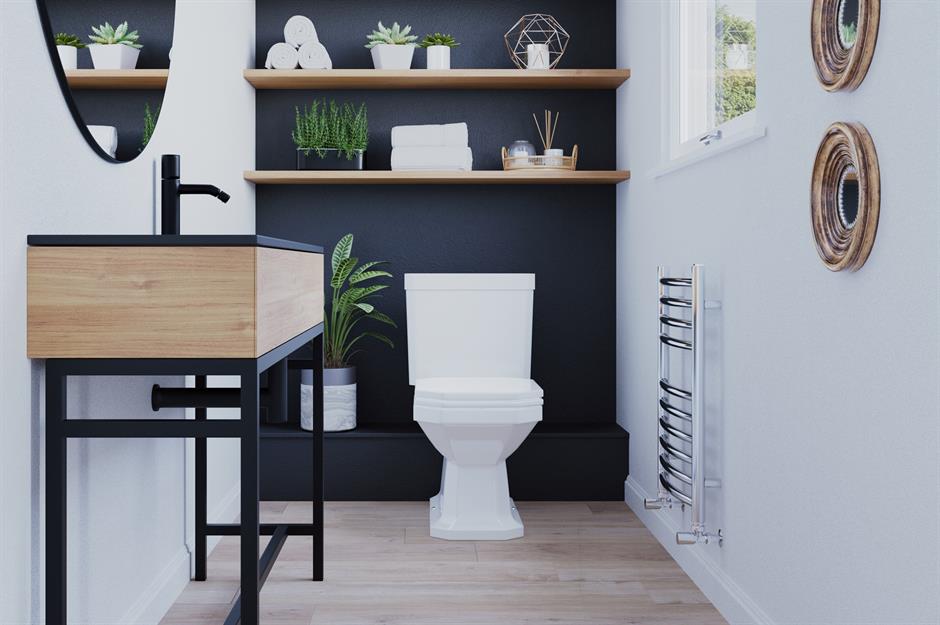
If you have any inkling that you might move to a new house in the next five years, then you’d do well to keep your bathroom neutral and bright, so as not to alienate future buyers. Grey and white bathrooms will stand you in good stead and are easy to personalise with your favourite colours in accessories and furnishings.
Consider applying a waterproof bathroom wallpaper, painted feature wall, or adding artwork and greenery to make the space yours, without jeopardising a future sales price. When you're ready to sell up, it's a simple repaint or wallpaper stripping job to get it viewing ready.
Not thinking about height
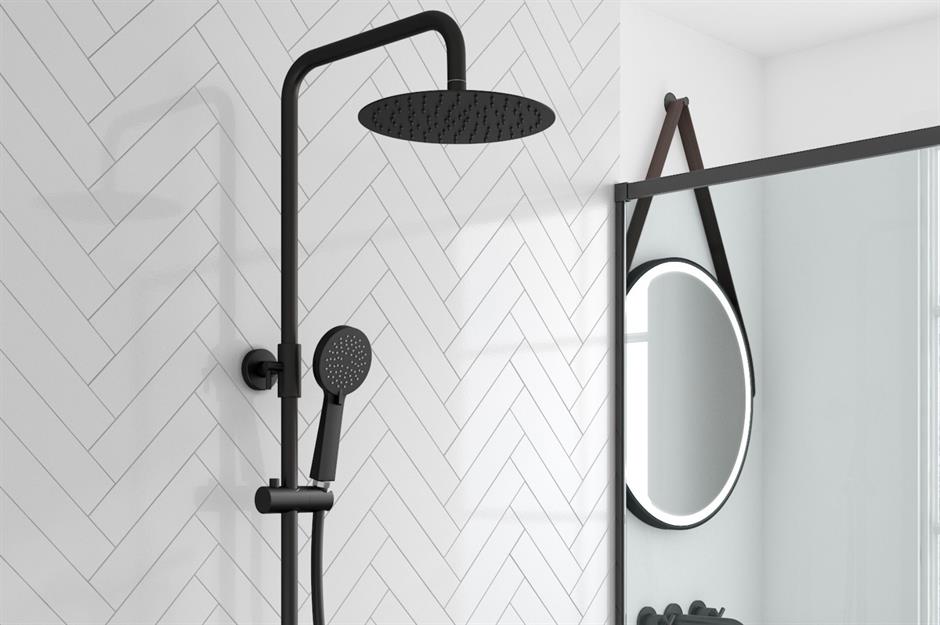
The height of a towel rack, the position of the bathroom mirror or a shower head that's slightly too low: all these things can quickly lead to a bathroom that's irritating and impractical to use.
Think about the tallest and shortest people in the house, including children, before deciding where things should go. For shower heads, "80 inches is usually enough for most people to comfortably fit under the flow of water," Kingston Brass says.
Failing to fill the bath before sealing
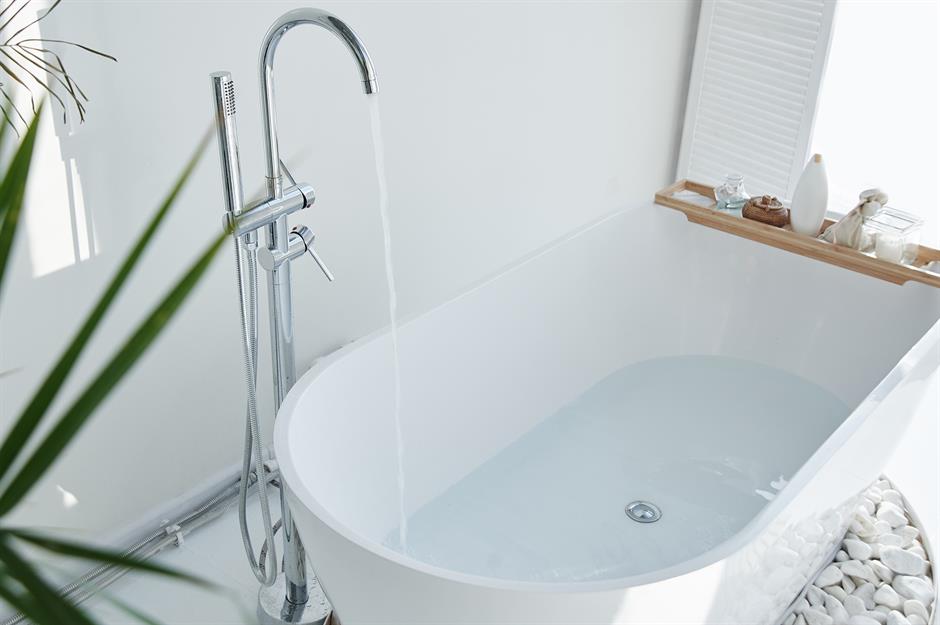
One of the biggest nightmares a homeowner can face is springing a leak in the bathroom. Luckily, there are a few things you can do when you’re installing to protect yourself against future disasters.
For starters, the bath overflow fitting – usually located below the tap and designed to channel water that has overfilled back into the drain pipes – needs to be checked when it's plumbed in. Then, fill the bath when you apply the sealant. "The weight of the water will ensure the sealant won't crack when the bath is used later," Plumbworld explains.
Poor ventilation
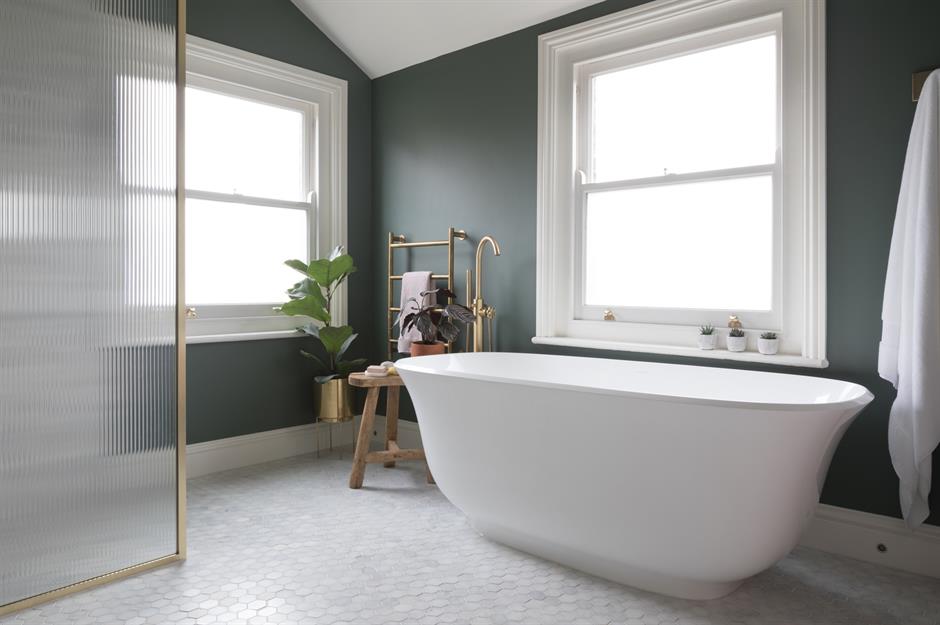
The bathroom is the most humid room in the house, making it an ideal breeding ground for mould if you’re not careful. Invest in a good extractor fan that stays on for a set period after you’ve left the room. This is especially important if you have an internal bathroom with no windows.
Going to big (or too small) with tiles
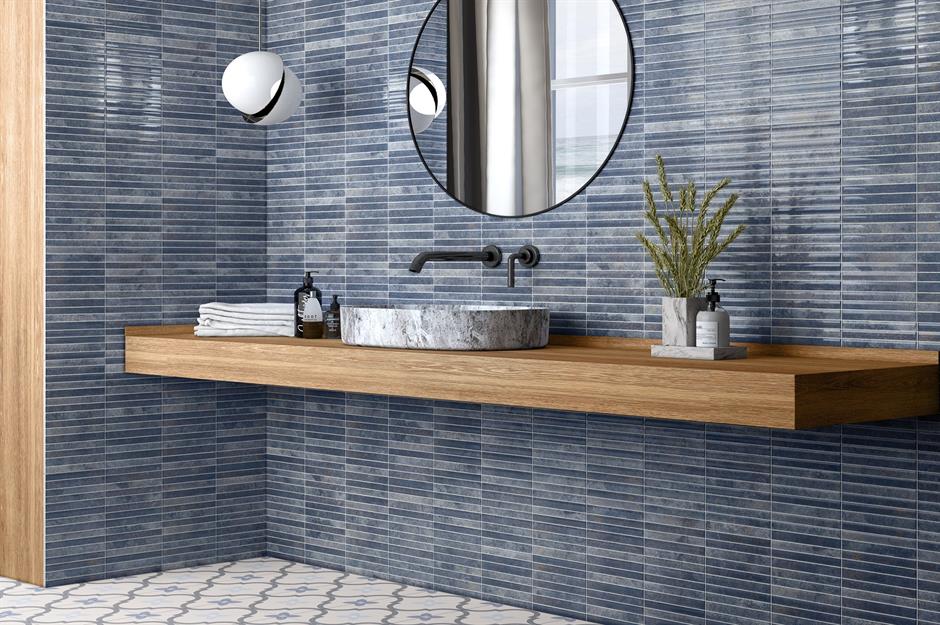
Use oversized tiles in a small bathroom and chances are you’ll end up having to cut the edge pieces down to size, which can look messy and awkward. But go too small, and your bathroom may feel too busy.
Medium-sized floor tiles of around 45cm x 45cm are often the safest bet in a small space. You can go a bit smaller on the walls, as long as you limit the pattern and colour palette.
Skipping a tiling plan
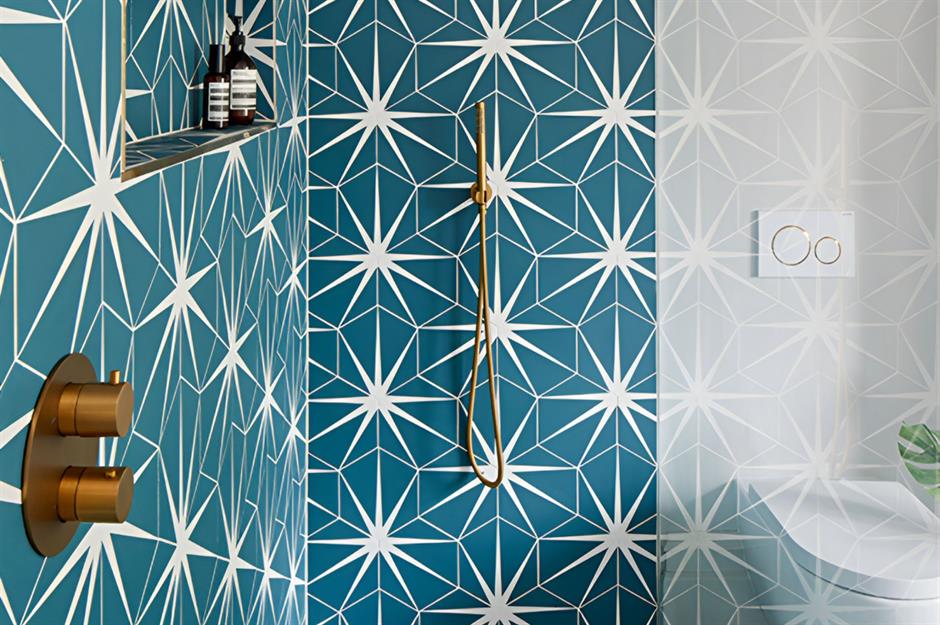
It doesn’t matter how good your tiler is – leave them to tile your bathroom without giving them any guidance and you risk getting results you’re not happy with.
Small details, such as making sure the tiles in a niche follow on seamlessly with wall tiles, will give your bathroom that coveted designer edge. Make sure you alert your tiler to any details like this, ideally by drawing up a plan of exactly how you would like your tiles to be laid.
Failing to order enough tiles
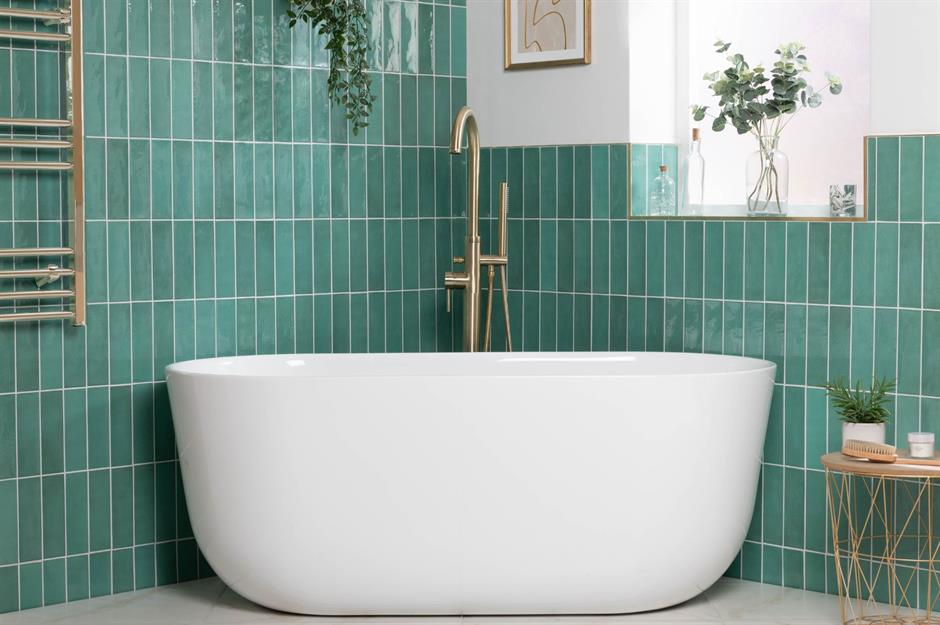
As well as having a tiling plan in place, you'll also need to ensure you order enough. "A common and sometimes costly mistake when ordering tiles online is not taking into consideration wastage and breakages, which is why we recommend ordering an extra 10% to cover this," says Grazzie Wilson, Head of Creative at Ca’ Pietra.
"When it comes to laying tiles in a herringbone formation, we recommend ordering an extra 15%, to allow for all of those fiddly cuts that need to be made." It's a small cost to ensure you have the right amount of tiles to complete your project.
Being too cautious
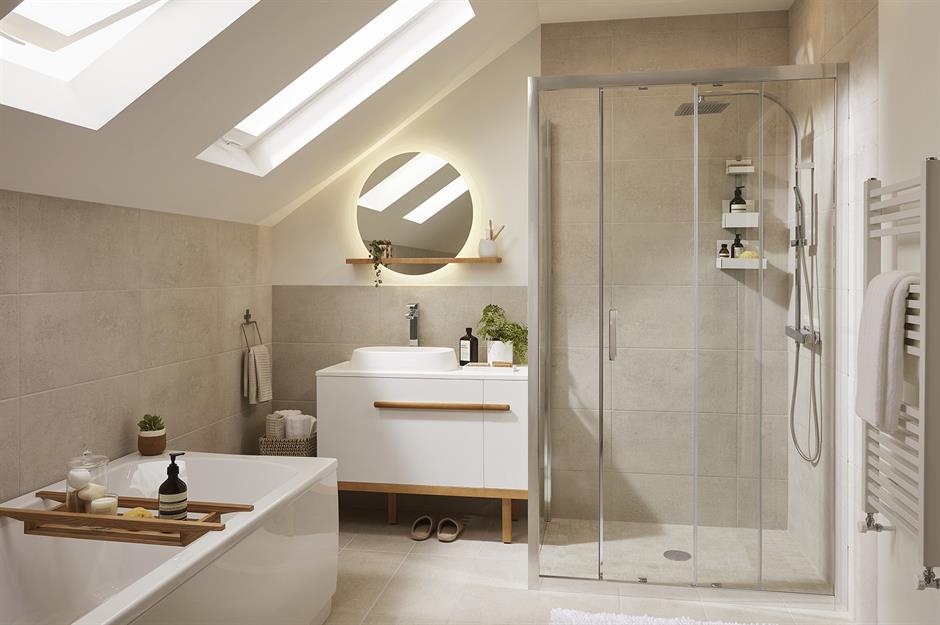
There could be an opportunity to add character to your bathroom by removing a drywall or false ceiling and expanding upwards into the rafters, so be brave!
An eaves space is fabulous over a bath, as is adding a skylight, which allows you to watch the weather while enjoying a soak. It’ll also add value to your house and provide additional ventilation, too.
Not protecting the rest of the house

Every building project generates dust. Hauling heavy equipment and products to and from the bathroom can also scuff up your floors. Minimise the damage by protecting floors of hallways, and any other rooms used to access the bathroom, with a temporary floor covering, such as Correx. If your bathroom is an ensuite, cover bedroom furniture with dust sheets.
Choosing incompatible fittings
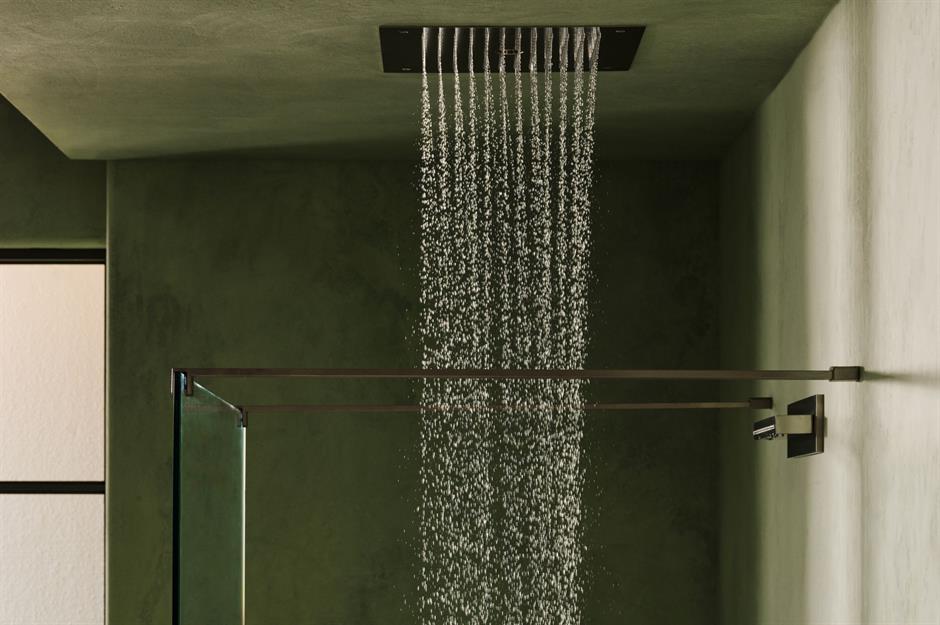
Dream of starting the day being pummelled by a rainfall shower and massage jets? So do we, but before you go splashing out, make sure your water system is up to the job.
Speak to a plumber or bathroom specialist to work out whether your current system can handle something like a power shower and be prepared to upgrade your boiler, water tank or pump if needed.
Omitting a place for towels
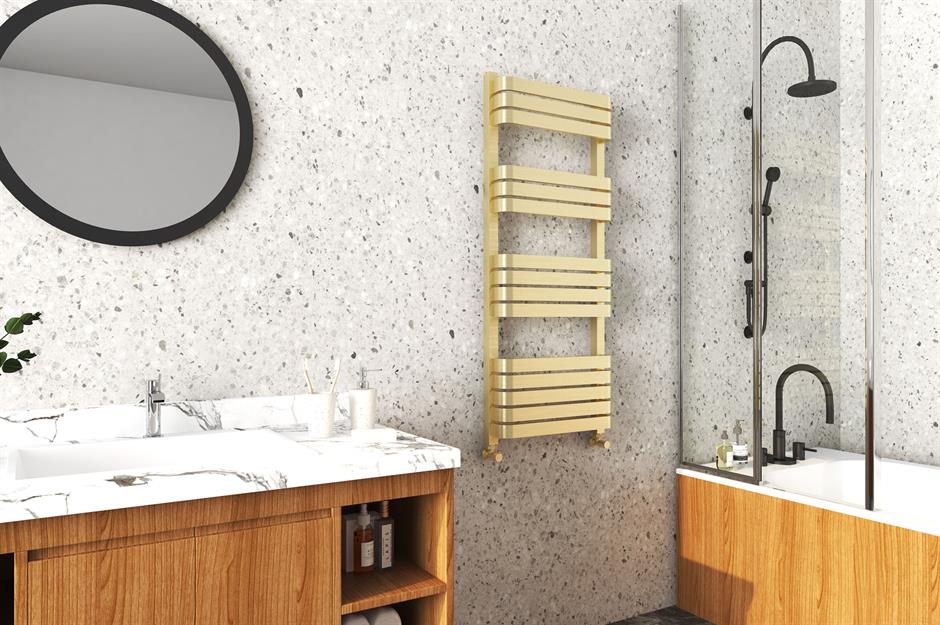
Don't ruin your beautiful new bathroom with messy towel piles. Keep fresh towels within easy reach, such as inside a laundry cupboard or displayed neatly folded on wall shelves. Soggy towels on the floor are a definite no! So, if there's room, a heated towel rail and a laundry basket for used towels will keep your floors clean, dry and tidy.
Inadequate drainage

A seamless wetroom-style bathroom sounds exquisite but without effective drainage and waterproofing, there’s a real chance of leaking, or even flooding, which could have disastrous and costly consequences. Location, flooring, flow rates and drainage all need to be considered before going ahead. Consulting a reliable service provider is vital for such a project.
Going overboard on colour and pattern
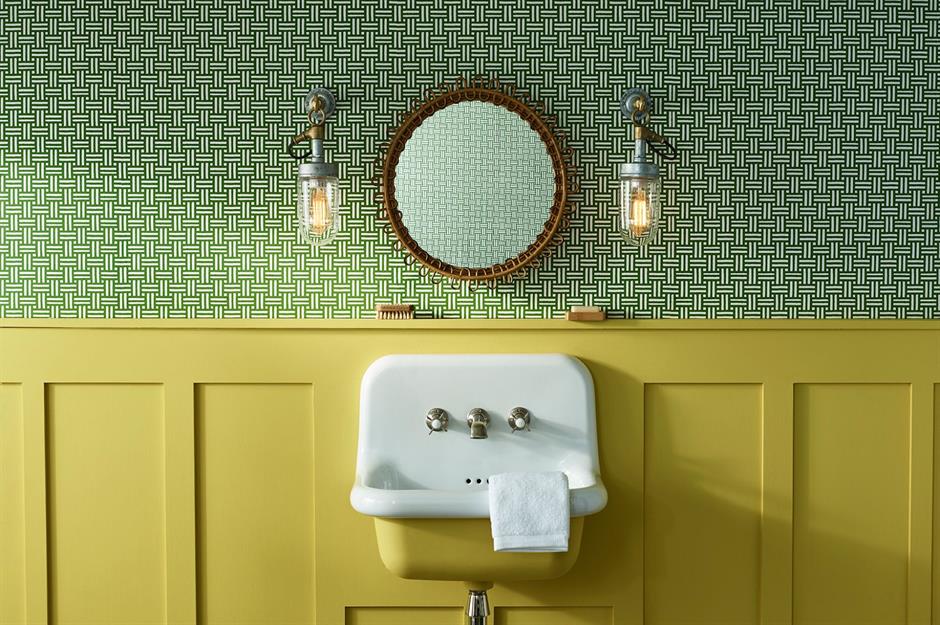
Block colours and statement bathroom features are on-trend, but before you order too many terrazzo tiles and vibrant paint shades, be sure to balance the scheme or you could end up with an overpowering jumble.
Colourful bathrooms are also likely to date quicker, so it could end up knocking money off your home's value. "While many people will traditionally choose lighter tones to maximise the feeling of space, darker tones can create a sense of luxury and style no matter the room size," suggests the experts at Dulux.
Choosing the wrong flooring
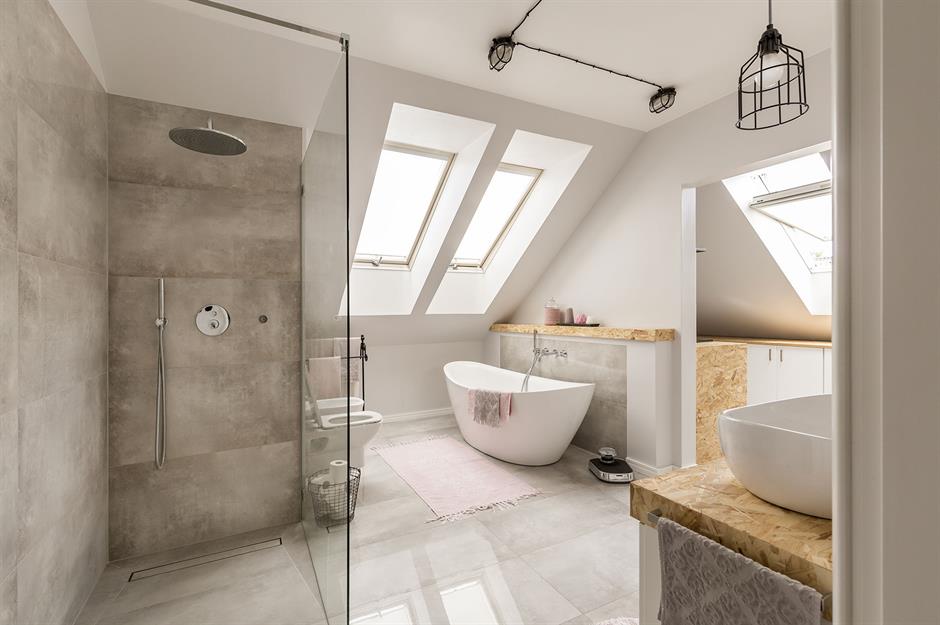
Bathroom flooring can make a statement but a shiny surface and water can be an ultra-hazardous combination. When choosing flooring, think about who will be using the space; modern marble is gorgeous for a grown-up ensuite but not ideal for elderly members of the household or small children.
If you want extra protection, look out for slip-resistant surfaces like rubber flooring and lay down a stylish bath mat for extra water absorption. Thinking of laying carpet? Think again! Fibres will trap moisture, leading to mould, bacteria and bad odours.
Ignoring the environment
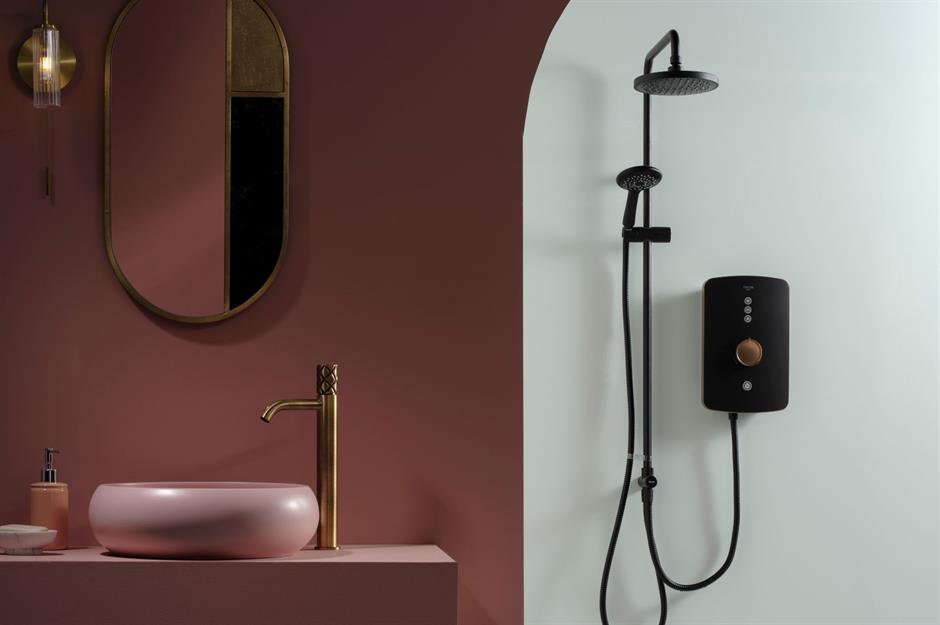
We should all be doing our bit to save water and energy and everything from flushing to showering and even brushing our teeth wastes both energy and water.
"Low-flow showerheads, auto-shutoff taps and high-efficiency toilets save water and they save money, too," says Howstuffworks. Plus, an energy-efficient shower or a new toilet will pay for itself in water savings over time.
Doing it all yourself
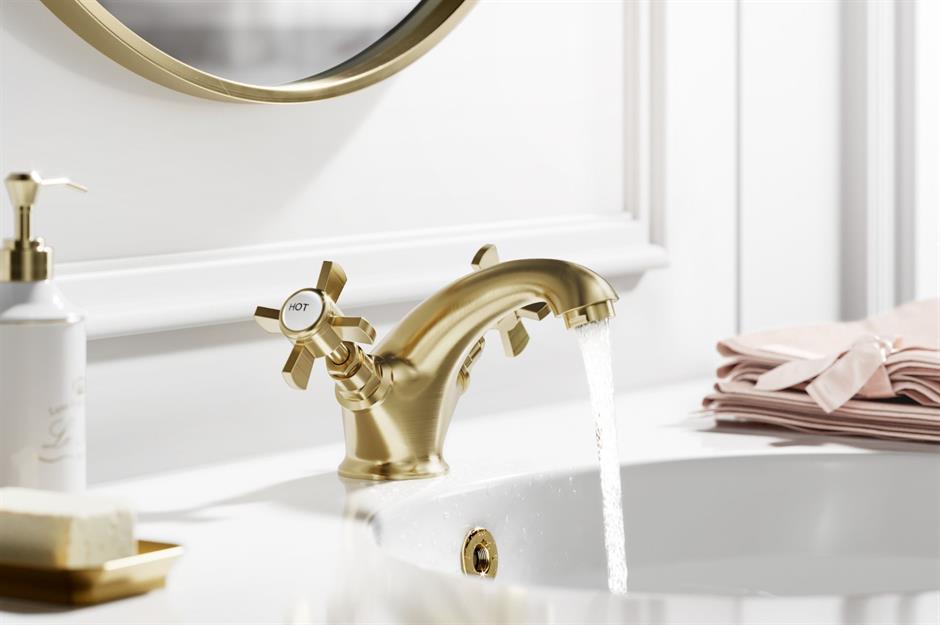
Unless you’re a seriously experienced DIYer, certain bathroom renovation jobs are best left to the professionals. Getting your plumbing right is essential and can be easier said than done, thanks to rules about pipe widths, angles and drainage gradients. Hiring a plumber could save you time, stress and money in the long run. For any electrics, play it safe and hire an electrician.
Loved this? Check out more bathroom ideas and renovation advice
Comments
Be the first to comment
Do you want to comment on this article? You need to be signed in for this feature